Search
Search Results

Image
Minoan Snake Goddess Figurine
The Snake Goddess is a faience figurine depicting a woman holding a snake in each hand. It was found in the main sanctuary of the Palace of Knossos in Crete and dates back to around 1650-1550 BCE. Heraklion Archaeological Museum.
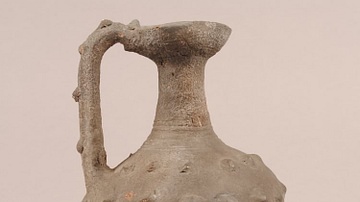
Image
Minoan Barbotine Jug
A Minoan jug in the Barbotine style where decorative excrescenses were added to the vessel, 1850-1800 BCE from Knossos. (British Museum, London).
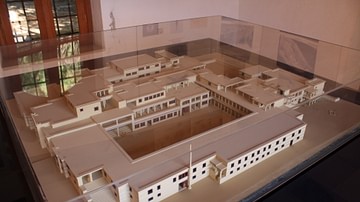
Image
Palace of Malia
Model of the Minoan palace at Malia, Crete (1675 BC-1450 BCE).
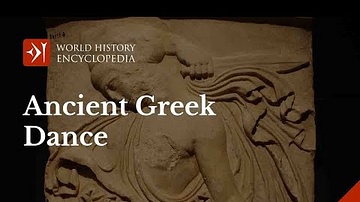
Video
The Role of Dance in Ancient Greece
There were many occasions in ancient Greece where people danced, especially since rhythmic physical exercise and pall playing were also considered dance. The ancient Greeks would dance at weddings, symposiums (which were all male drinking...
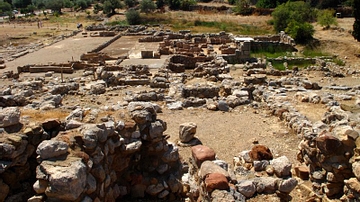
Image
Zakros Minoan Site
Archaeological site at Zakros, Crete.
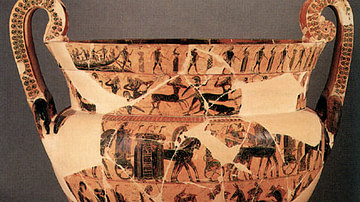
Definition
François Vase
The François Vase is a large Attic volute-krater dating to c. 570-565 BCE, and it is perhaps the example par excellence of the black-figure pottery style. An astonishing range of scenes and characters from Greek mythology cover the...
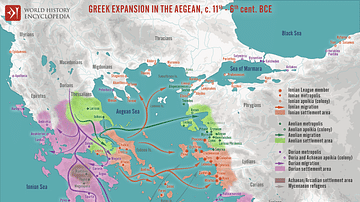
Definition
Aegean
The Aegean Sea lies between the coast of Greece and Asia Minor (modern-day Turkey). It contains over 2,000 islands which were settled by the ancient Greeks; the largest among them being Crete (Kriti) and the best known and most often photographed...

Definition
Indus Script
The Indus Script is the writing system developed by the Indus Valley Civilization and it is the earliest form of writing known in the Indian subcontinent. The origin of this script is poorly understood: this writing system remains undeciphered...
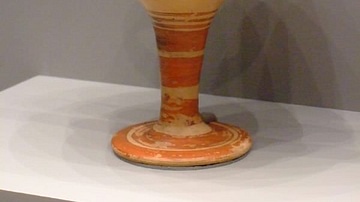
Article
Mycenaean Pottery
The pottery of the Mycenaean civilization (1550-1050 BCE), although heavily influenced by the earlier Minoans based on Crete, nevertheless, added new pottery shapes to the existing range and achieved its own distinctive decorative style which...
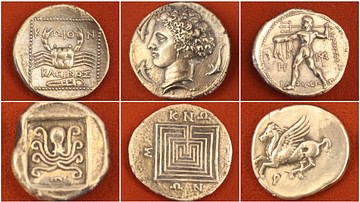
Image
Greek Coins
Top row (L to R): Cos (300-190 BCE) Silver tetradrachm, crab. Syracuse (c. 400 BCE) - Silver decadrachm, head of Arethousa with dolphins. Macedon (306-283 BCE) - Silver tetradrachm, Poseidon with trident. Bottom row (L to R): Euboea...